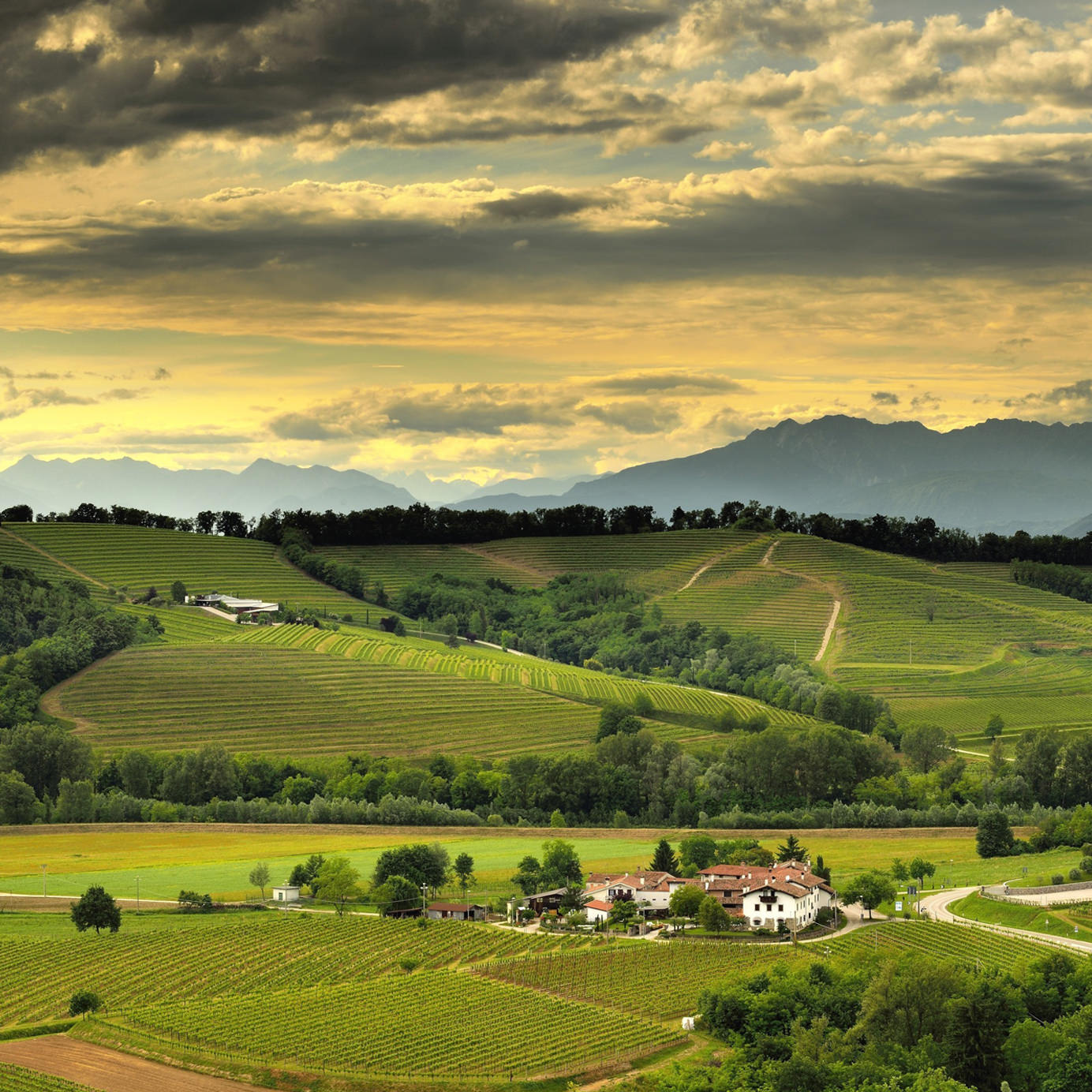Wine experts believe that Italy is home to more native wine grapes than any other country in the world. Yet many Italian wine lovers can’t name more than a handful of the estimated 2,000 varieties of Italy, sticking to their preferred Nebbiolo or Sangiovese. Some of the country’s most interesting grapes remain under the radar and ripe for discovery.
Consider Friuli-Venezia Giulia’s Schioppettino, the savory, layered red that almost ceased to exist until the end of last century.
Think of Schioppettino as a cross between Syrah and Cabernet Franc; it’s similar enough to these two French varieties that it sometimes acts as a gateway to Italian wine for French loyalists. Also known as Ribolla Nera, or Pocalza in Slovenia, Schioppettino is naturally high in rotundone, the compound found in black pepper. It has a distinct peppercorn character, along with floral and green notes.
While Schioppettino is most beloved for these expressive non-fruit aromas and flavors, high acidity lifts red and blue fruit as well, creating balanced, complex, medium-bodied wines. It took trial and error for Friuli-Venezia Giulia vintners to realize that, unlike many red grapes, Schioppettino prefers cooler temperatures. Its skins sunburn easily, and low temperatures bring out the crisp fruit and complex savory aromas for which the grape is known.
Even though Schioppettino has a long history in Friuli-Venezia Giulia — the grape is mentioned in local documents as far back as the 13th century — by the 1970s, many thought it had gone extinct. After the twin epidemics of powdery mildew and phylloxera hit Italy in the mid-1800s, wiping out most of the country’s vines, Friulian producers were hesitant to replant local varieties like Schioppettino. Instead, they opted for better-known international grapes like Cabernet Sauvignon and Merlot, which were easier to grow and sell.
When late winemaker Paolo Rapuzzi, founder of Ronchi di Cialla, set out to create a winery focused on Friuli’s native grapes in 1970, Schioppettino was not legally recognized by Italy’s wine authorities. Winemakers thought it was extinct, so it had not been registered. Rapuzzi scoured the region in search of old Schioppettino vines, a variety that he had only heard about in books and through stories, even traveling to Slovenia in his search. He found about 70 individual vines in the Colli Orientali del Friuli region, near the town of Prepotto. Most had only been kept for tradition, not for actual wine production.
Rapuzzi faced a number of challenges in his efforts to revive the grape, including warnings from government officials that bottling Schioppettino would be illegal, and an earthquake that destroyed Ronchi di Cialla’s cellars. He persevered and in 1977 launched Ronchi di Cialla Schioppettino di Cialla, a cuvée that is now the hallmark of the estate. After Schioppettino was authorized and given its own designation within the Colli Orientali del Friuli region, other wineries followed suit, giving the grape new life. Schioppettino plants now live in Italy’s main vine nurseries, the cuttings taken from Rapuzzi’s revived vines.
Schioppettino isn’t the only under-the-radar native Italian wine grape worth attention, but its distinctive, delicious flavor profile and dramatic history make it stand out. Instead of reaching for that Nebbiolo or Sangiovese, consider Schioppettino. Your palate will thank you.
Three Schioppettino Wines to Try
Ronchi di Cialla Schioppettino di Cialla
This is the producer that turned it all around for Schioppettino, making it fitting that this cuvée is the estate’s most famous wine. Note that the vintage is purposefully excluded from this recommendation for the reason that you should eagerly snap up any vintage you come across. The current 2012 vintage is complex and delicious, but older vintages are still available as well, a result of Rapuzzi regularly setting aside bottles for later release. The 2004 is absolutely singing, with both poise and depth, while the 1999 is leathery and earthy. Average price: $50.
Ronco del Gnemiz Schioppettino 2015
A small amount of newer oak usage creates this lush wine, its fresh fruit flavors impactful and complemented by notes of cinnamon and dark soil. The flavors come to a fine point on the finish, which is long and savory. Average price: $43.
Girolamo Dorigo Schioppettino 2015
Straightforward and fruit-driven, this Schioppettino has round, juicy fruit with excellent brambly brightness, accented by fresh green herbs and pepper. Average price: $19.
